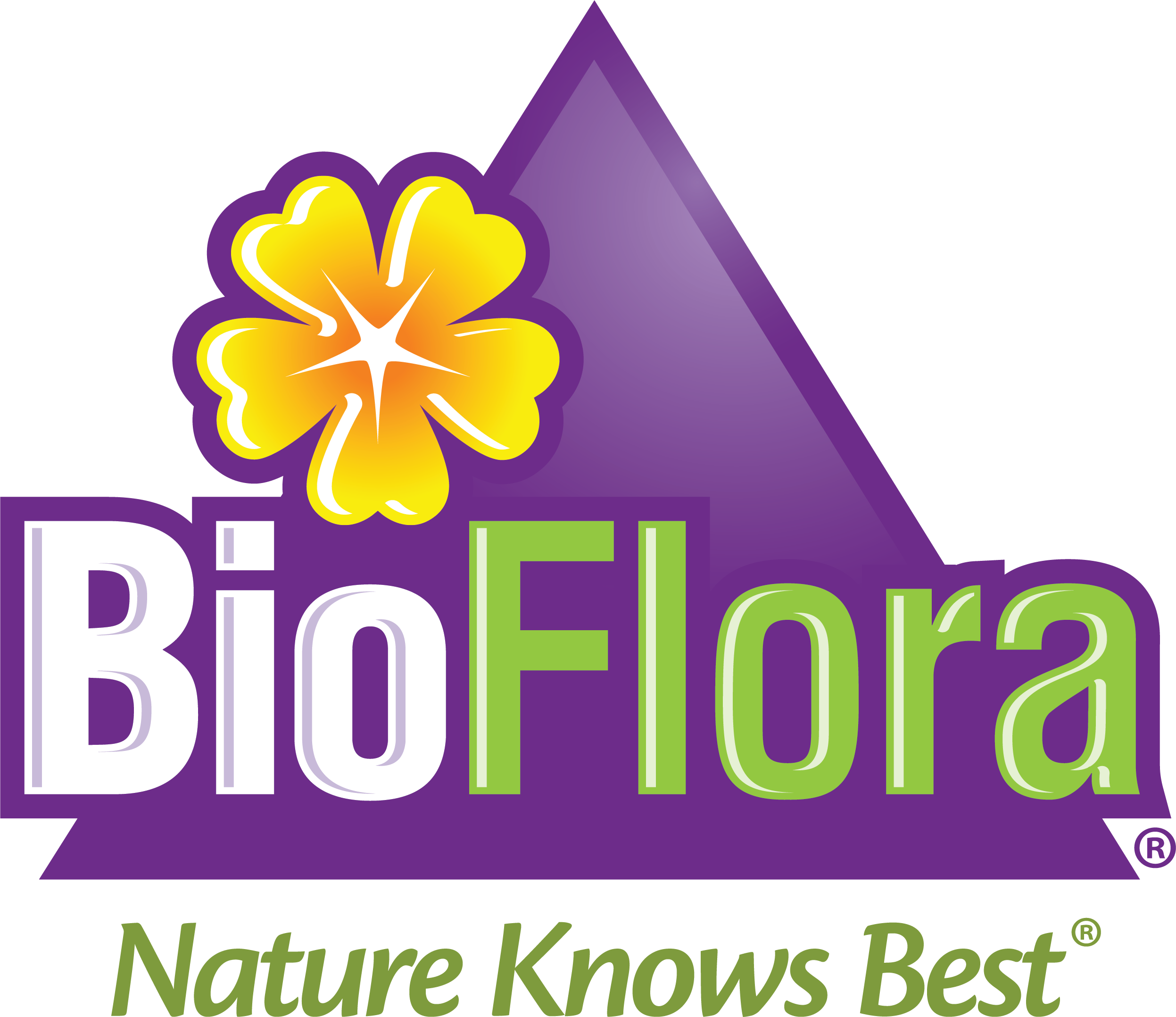Citrus Greening – Huanglongbing (HLB)

Huanglongbing (HLB, citrus greening disease) is the most destructive disease affecting citrus production and is primarily
linked to a bacteria that plugs the phloem of the tree. The phloem is the vascular part of the tree responsible for moving food created
through photosynthesis throughout tree. First discovered in Asia in the 1870s, HLB is now prevalent in many citrus growing countries
including the U.S.A., Brazil, Iran, China and Saudi Arabia. In 2023, Florida itself experienced the lowest citrus yields in over a century.
With no effective treatment available, management strategies have largely focused on the use of insecticides to kill the primary vector,
the Asian Citrus Psyllid (ACP). Until recently the only fate for infected trees was removal and destruction in order to avoid further spread
of the disease.
Field Trials Conducted using BioFlora’s HLB-mitigating Organic Solutions, Texas A&M and UArizona
A major limitation to finding alternative ways to combat HLB is the inability to isolate the bacteria in the lab. Thus, detection and phloem visualization methods such as Transmission Electron microscopy (TEM) and Structured Illumination Microscopy (SIM) were needed to monitor treatments and the control. The beneficial effects of bio stimulants, including substances like humic acids and seaweed extracts, microbials (e.g., Bacillus sp.) and microalgae, in agriculture is well documented for stress and pathogen defense. We investigated the efficacy of four different bio stimulant-augmented nutritional programs or bEPNs (P1, P2, P3 and P4) on HLB infected citrus trees. Before treatments began, SIM and TEM were used to set a baseline of infection. In an initial greenhouse study with USDA-ARS, Fort Pierce, FL, USA, on grapefruit, the most susceptible citrus species to HLB, our success supported the hypothesis that the bENPs chosen for this study possess HLB-mitigating properties, which led to expanding our trials into the field.
Results from Field Trials Showed Plant Protection and Annual Increase in Fruit Number Per Tree
The field trials resulted in a bENP-based suppression of HLB bacteria in infected citrus trees. In P3 treated trees, the bacteria (and its effects) were absent in the leaf veins but present in the midribs and petioles. The relatively high bacteria populations coupled with sieve pore plugging in P1 and P4 treated trees suggest even less efficacy compared to P3 treatments in protection against HLB. Whereas, in P2 treated trees, no sieve pore plugging was seen in either veins, midribs or petioles of the leaves at the end of 2 years. (Fig. 1). At the end of first year, the P2 trees had the largest proportion (42.9%) of jumbo-sized fruits. This was also accompanied by an 80% annual increase in fruit number per tree and 1,503 (611 upregulated and 892 downregulated) differentially expressed genes
suggesting a robust genetic response to the program. Consequently, the most upregulated pathway in P2 leaves compared to the control was the 2-oxocarboxylic acid metabolism pathway, which is important in energy production as well as the production of basic/branched chain-amino acids and glucosinolates which play a role in plant protection against pest damage and infection.
bENPs Shown as a Viable, Sustainable and Cost-effective Solution for HLB management
Contrastingly to the treated trees, the leaves from control trees had collapsing phloem (Fig. 1) with thick cell walls, few dark globules of starch deposits in midrib, thicker phloem cambium and poorly developed vascular bundle. The absence of these effects in P2 leaves (veins, midrib or petioles), which were comparable to leaves from plants grown under psyllid free conditions (Fig. 1), highlights the restorative property of P2. At least 4% of the Bacillus sp. genome used in the P2 treatment is devoted to production of antimicrobial compounds. The microalgae also used in the P2 treatment has been shown to promote plant growth via supplementation of bioactive
compounds such as polysaccharides, antioxidants, proteins, lipids, and plant growth regulators. Taken together, the results highlight a major role for biologically Enhanced Nutritional Programs (bENPs) as a viable, sustainable and cost-effective option for HLB management which are not only scalable to larger acres but also customizable by soil type, growing region and cultivar/rootstock.


